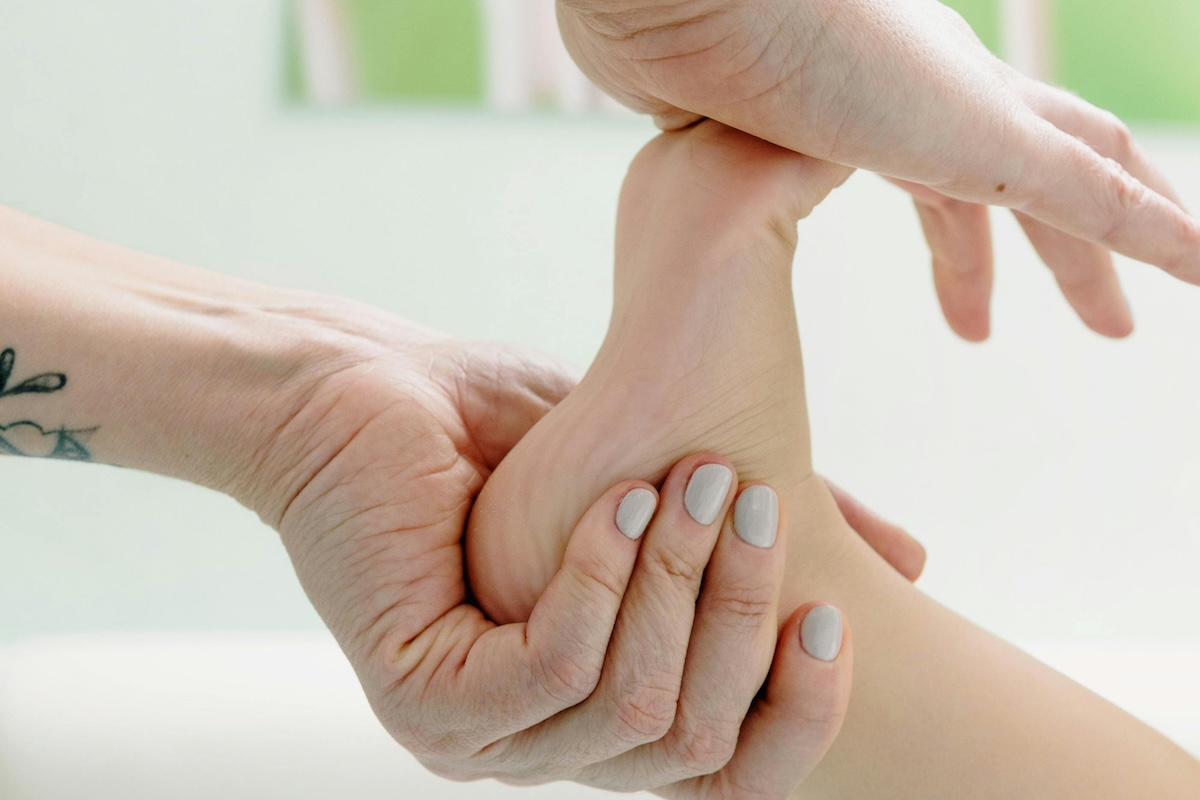In 2022, the CDC issued updated guidelines on developmental milestones. I wrote about them then, focusing on the changes in the language milestones.
Another change that prompted a lot of consternation was the complete elimination of the crawling milestone. Prior guidelines had indicated an age at which crawling was expected; in the new guidelines, crawling doesn’t appear at all. The implication of this is that skipping the crawling milestone would not be coded as an issue by pediatricians following these new milestones. This change prompted some pushback from physical and occupational therapists, who argued that skipping the crawling milestone is a cause for concern.
What is the source of this worry, and is it supported in data? That is our question of the day.
Let’s start with why crawling is, in general, a tough milestone to quantify. Pre-walking mobility is quite varied. Many babies do have a traditional on-all-fours crawling stage for several months. But others butt-scoot, or army crawl, or do some kind of unusual rolling activity. And some children — perhaps 5% to 15% — just completely skip this and go from sitting to pulling to a stand to walking around.
In contrast to many other milestones, crawling isn’t progressive — once people start to walk, they mostly leave crawling behind. Contrast that with something like language. When kids get to the stage of using sentences, they are still relying on the initial skills they had in forming words. It would be odd to think about “skipping” words. But when you walk, you do not also crawl. So “skipping” this milestone doesn’t have the same feel as the others.
This doesn’t answer the question, though, of whether there is something that children learn while crawling that they will miss if they do not crawl.
On one hand, there is significant evidence that kids learn stuff and their brains develop as they crawl around. There is a study that shows changes in brain organization among experienced crawlers (5 to 8 weeks) versus novice crawlers (1 to 4 weeks). In at least one study, crawlers at 9 months showed more flexible memory retrieval than non-crawlers of a similar age. They also seem to be better at visual predictions of object movement and better at avoiding falling off cliffs (small cliffs!) into water.
However, all of these findings are equally well interpreted as impacts of movement rather than crawling per se. As babies learn to move themselves around in space, their brains develop in ways that help them do that. (Pause for book recommendation: What’s Going on in There?, which is all about brain development in the first years.) These brain connections may develop earlier if a child crawls (or scoots, or walks) earlier, but it isn’t at all clear that the method of locomotion matters. Moreover, children who learn mobility later also develop these skills, just slightly later.
The one very specific claim made about crawling is that it is important for developing pencil grip. I found, for example, a blog that says: “In my experience working with children in schools and clinics, I can tell you that most kids who were referred for poor handwriting skills in elementary school didn’t crawl. Is there a hard causation there? Probably not. But over the years, there was a strong correlation between the two on my caseload.”
You see this concern echoed in other settings: that crawling is part of developing arm and finger strength, and skipping it will cause those skills to develop more poorly, leading to your child being less able to hold a pencil correctly.
The data on which this claim is based (even the data that isn’t literally anecdote) is extremely flimsy. The main study is a case-control study from South Africa in which 30 children who didn’t have a traditional crawling period were compared with 30 control children who did. Regular readers will be familiar with my complaints about case-control studies in general, and this one has many issues. Notably, the group of “non-crawlers” contains a huge range of children, many of whom crawled. It includes children who crawled for less than 2 months, who butt-scooted, who used Jolly Jumpers, and, my favorite, children who “wanted to be picked up most of the time.” I really do not know how to interpret this. Further, the main outcome on which the researchers found results was a non-standard measure of pencil grasp.
This study is not compelling, a feature shared with the very small number of other studies (i.e. two) in this space.
This review, discussing the concerns with the new guidelines, is helpful in thinking this through and going deeper. The bottom line there, and here, is that there is simply no compelling evidence to suggest that crawling is an inherently important milestone to reach. Or that the type of crawling matters. Butt-scooting is not a problem. Most kids will figure out some kind of locomotion before they walk, even if it’s funny-looking. But if they do not, and just start walking around, that is okay too.
Final question: Let’s say that it is important to me that my child crawls, despite all of this. Can I teach them? “Teach” may be a little strong, but yes, you can likely encourage crawling by giving your child more tummy time. (The move to back sleeping may have delayed crawling in some kids — more awake tummy time can make some of that up without the elevated SIDS risk.) So you can tummy-time your kid and crawl around yourself to demonstrate, if you are really into it. This last part will likely not help, but it could amuse your partner.
Community Guidelines














